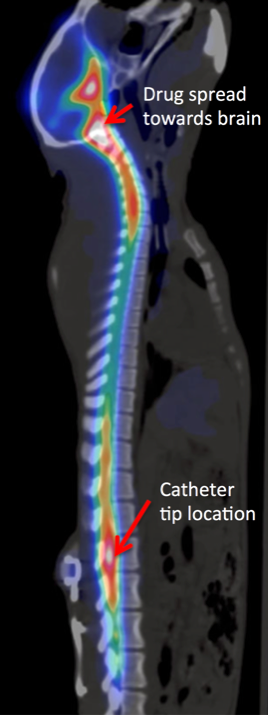Advanced Ocular and Brain Magnetic Resonance Imaging of Astronauts Following Long Duration Space Flight
From niml.org
Team
The Problem
NASA has a goal for humans to one day live and work on Mars. However, getting there will be very difficult for many technical reasons including the known adverse human health impacts of life in zero gravity. In specific, ophthalmic evaluations of astronauts after their 6-month missions to the International Space Station (ISS) revealed unexpected vision problems. The proposed research will quantify alterations in ocular biomechanics due to space flight. Ocular biomechanics will be quantified based on non-invasive MRI measurements obtained for pre- and post-space flight astronauts. We will establish baseline values for ocular biomechanics in astronauts and determine if space flight alters ocular biomechanics.
